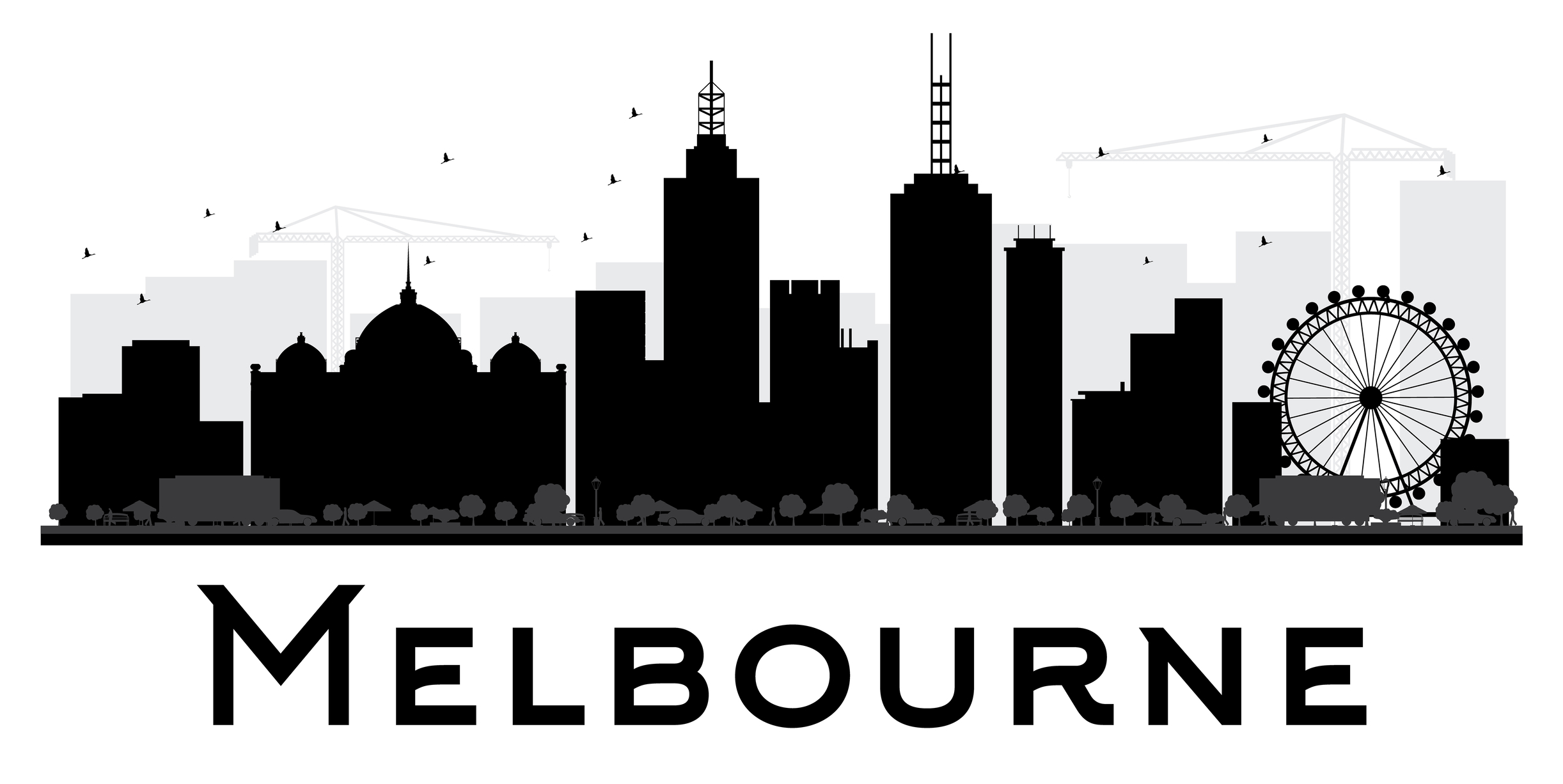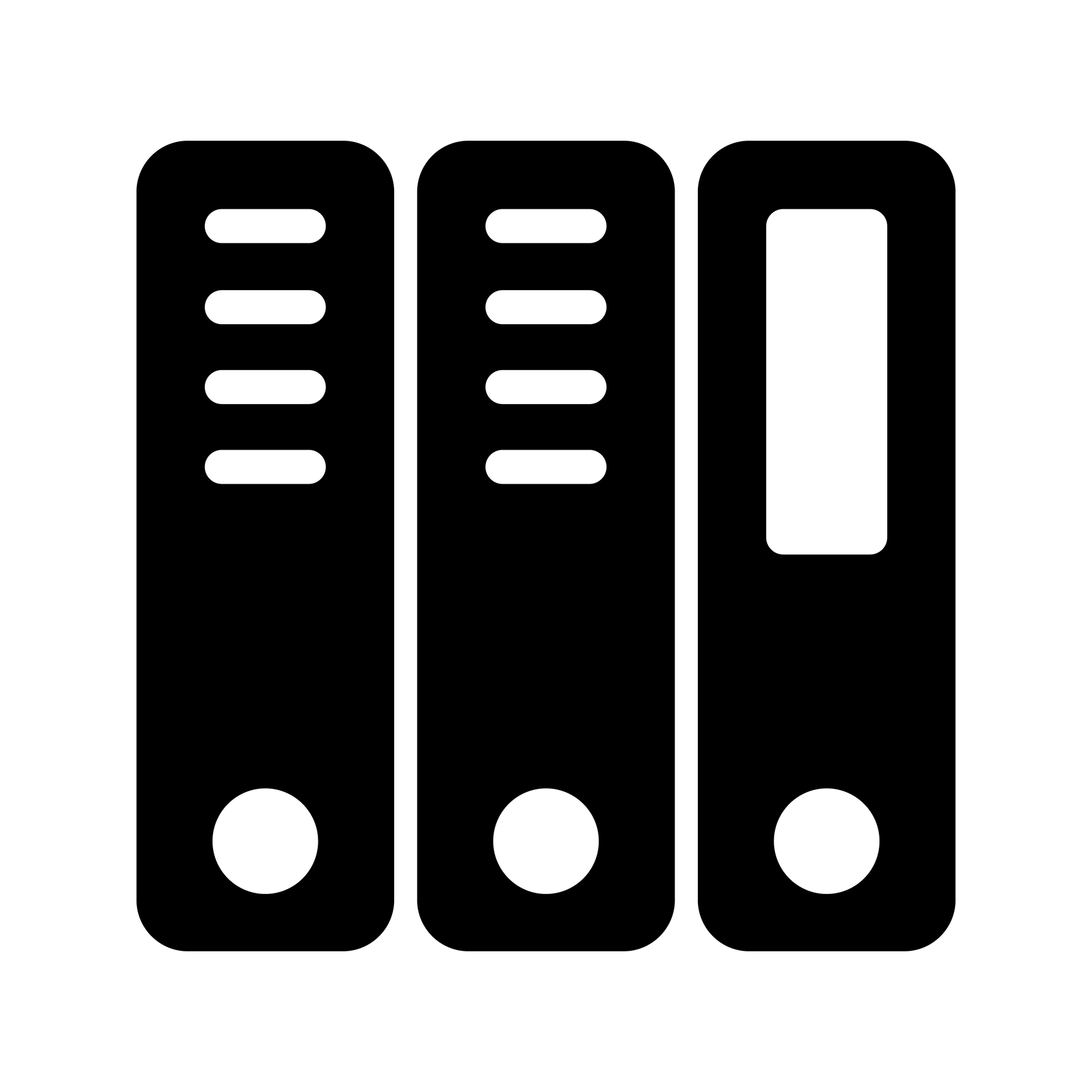Creating a Scrivener-friendly editing team
Choose an editor who uses Scrivener If you plan to self-publish, deciding to use Scrivener is step one: software that will take you from blank page to published book. Well done! Once you've self-edited your first draft, the next step is to set up your editing team, publishing professionals who also use Scrivener ...









